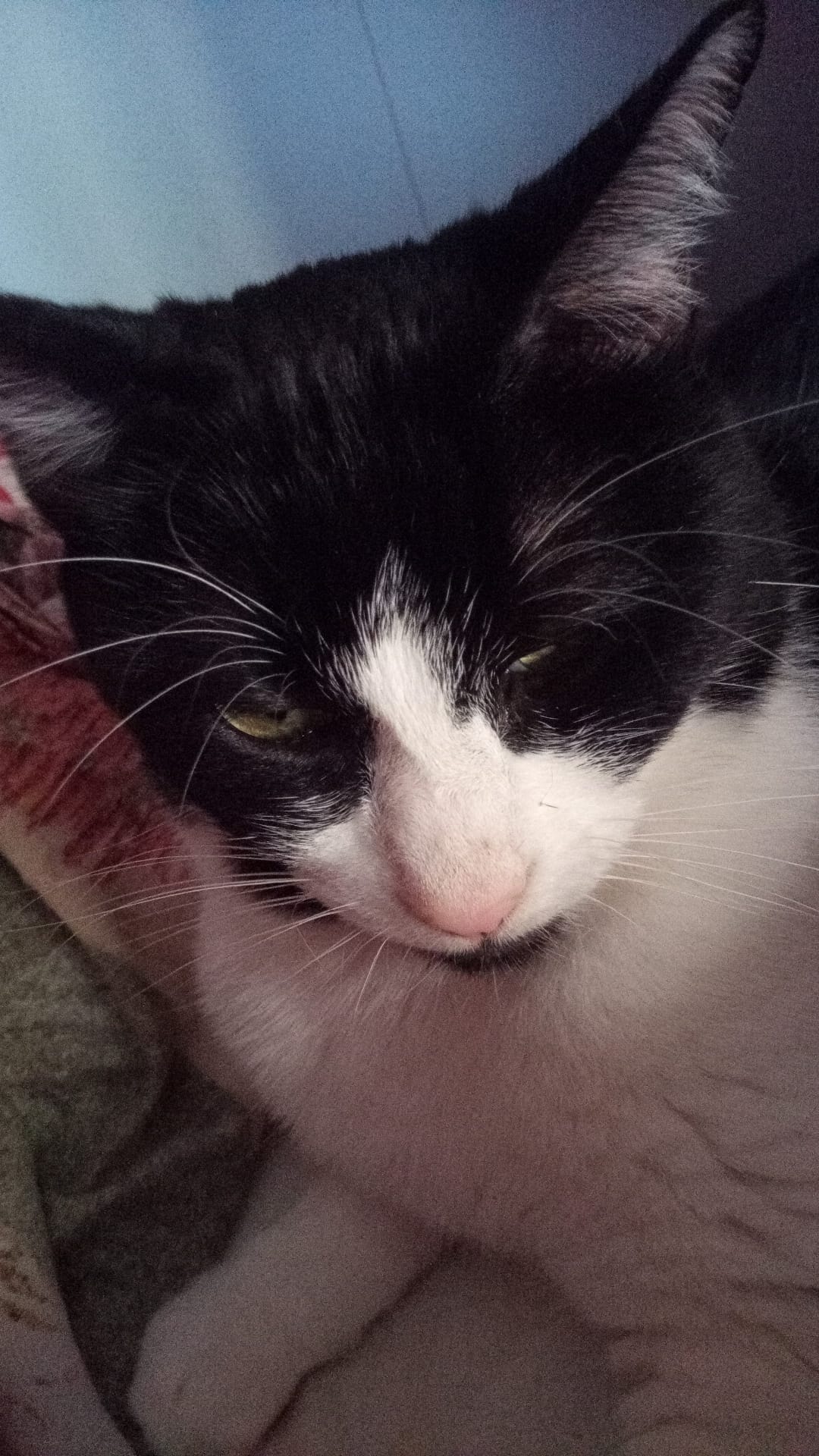- cross-posted to:
- memes@lemmy.ml
- cross-posted to:
- memes@lemmy.ml
And I love it. This is when you feel it’s your computer, not “this computer”
I see this shit every day. You know why? User base.
Linux doesn’t have to worry about grandma using it. The vast majority of the Linux user base is technologically adept humans that know not to remove the bootloader.
But you know for a fact that grandmas were trolled into or accidentally removed system files so often that Microsoft did something about it.
Also note, Chromebooks - which use a Linux adjacent os that is marketed to a wide audience including kids and the elderly - doesn’t let you do shit to system files. Android and Steam Deck are also highly locked down.
The point is its a wierd flex to say that linux gives sudo users the power to break your system when its really just saying your os is too niche to have to worry about grandma.
deleted by creator
I can do whatever I want! I’m going to mount my btrfs root partition to a home folder and
rm -r ./*all my subvoSteam Deck is not locked down, you can enable super user access and filesystem management with two simple commands
It’s protected enough from the layman, at least
2 simple commands many wouldn’t even know where to input.
isnt that the point tho
So literally the same things as any other Linux distro… To delete the bootloader, you don’t just need to select a folder in your home directory with your mouse and click delete, it’s a little bit more complicated than that, despite it not being hard for any person who knows how to run a command and know the basics.
flex
deleted by creator
Bailing out, you are on your own. Good luck.
But you could delete system32 if you wanted, it just broke everything, I can’t imagine deleting the bootloader would go particularly well for you either.
Deleting bootloader at least won’t kill your system. You can always reinstall it.
Also some dude on Reddit shared neofetch screenshot showing 3+ years of uptime. He doesn’t need a bootloader.
Bootloaders are bloat! Always thought it
Well remember when that Arch update broke grub?
I couldn’t boot into my PC at all. And for whatever reason, the fix they posted on the Arch wiki wasn’t working for me.
I deleted my bootloader in a live ISO environment and installed a different one (rEFInd). It was actually very easy.
Having the flexibility and power to do whatever you want to your system is truly something I deeply appreciate with Linux.
Yeah this is sort of funny because Linux used to let you delete EFI vars, bricking motherboards, since it mounted them to the root filesystem. It’s since been patched in every motherboard, but sometimes full control is more dangerous than “haha I can just reinstall”
Are there not physical ways to reset efi vars? I’m pretty sure there are
There are now. In 2016, there were motherboards that didn’t properly implement the UEFI standard, outlined in the link I provided, and those motherboards would be bricked were someone to delete the EFI vars. The motherboard would never reach POST on boot
Those motherboards have no excuse to do that. I hope people at least got their money back if they were under warranty
Not really bricked, you could always use an external flashing tool, and they are cheap
Deleting a bootloader is a perfectly valid thing to do.
In modern installs you’ve got to jump through a few hoops to be able to delete system32, because normally it simply won’t let you or anything running do that.
I deleted my bootloader recently. You can actually just boot the Linux kernel directly by using efibootmgr to write a custom UEFI boot entry.
deleted by creator
Linus, is this you? Focus on solving the sexual harassment issues in your backyard.
Yes, do as I say
Nvidia drivers have me actively fearful of system updates
Good thing it’s so easy to install again
Memes like these surely help non-Linux people’s perception of Linux 🙄
*nooo you can’t delete Edge
Yes
You can even delete your efi partition and brick your board
Edit: I mean delete your efivars
Deleting your efi partition doesn’t brick your board. It just makes your disk unbootable, but you can always install another operating system and create a new efi partition.
I think you’re confusing with the special
efivarfsfile system that is mounted under/sys/firmware/efi/efivars. If you delete stuff under there, you’re apparently going to have a bad time, because it directly deletes variables in your UEFI firmware which can prevent your system to POST.Ah yes. I always confuse them. I even though that what I wrote didn’t make any sense since usually I know what an efi partition is. Thanks for correcting me
EFI is on the hard drive. No bricking. You just need to reformat to include it again.
Ya wanna brick a mobo? Botch a flash to the bios chip.
No, you can brick the mobo from your OS by deleting the efivar partition.
If your talking about /sys/firmware/efi/efivars?
Yeah. You realize that’s on the bios chip? The efi partition on the hard disk is a different thing.
When a system posts, the main drive isn’t mounted. The mobo needs to go look for it. The bios actually holds the instructions on how to post and start the system. (The efivar are part of that.)
One step in that process is to look for the efi bootloader on the drive. That is the efi partition that won’t brick anything.
Alterations to the bios chip will, if they’re not done carefully. This is why it’s almost unheard of to flash a firmware update on consumer systems
This is why it’s almost unheard of to flash a firmware update on consumer systems
My work laptop does this automatically. It’s a Dell laptop btw












